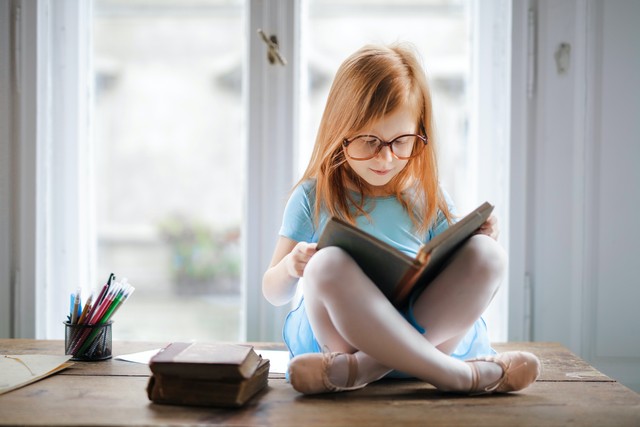For generations, visuals have played a significant role in learning. The old saying goes, "A picture is worth a thousand words." In the realm of phonics education for children, this couldn't be truer. Clipart books, filled with vibrant and relatable images, are revolutionizing how children engage with phonics. Dive in with us as we explore how clipart books, featuring icons like the clipart of monkey or the clipart train, are making phonics education fun and memorable.
The Magic Behind Clipart Books
Clipart books are collections of images that visually represent various sounds, words, and concepts in phonics. Imagine a child trying to learn the sound 'ch.' Now, couple that with a clipart of a cheerful monkey chomping on a chunky chocolate bar. Instantly, the learning process becomes enjoyable and memorable.
Popular Cliparts and Their Phonetic Associations
Clipart of Monkey: The mischievous and playful nature of monkeys can represent various sounds and actions. This clipart can be associated with words starting with 'm' or even the playful 'oo' sound, as in 'moo' or 'zoo'.
Clip Art of Teacher: An ideal representation for 't' sounds or even words that portray guidance, learning, or leadership.
Clipart Train: Chugging along, the clipart train can signify 'tr' blends or even the long 'a' sound in 'train'.
Clipart of Tooth: Perfect for 'th' sounds or even to introduce dental hygiene lessons interlinked with phonics.
Clipart Science: An excellent way to introduce 'sc' blends or even to start early STEM phonics lessons!
Why Use Clipart Books for Phonics Education?
Engaging Visuals: Bright and relatable cliparts capture children's attention, making learning less tedious.
Memorability: Associating sounds with a picture, like a clipart train for the 'tr' sound, helps in retention.
Diverse Learning Strategies: Some children are visual learners. Clipart books cater to their learning style, making phonics more accessible.
Interdisciplinary Learning: Using cliparts like clipart science can help integrate phonics with other subjects.
Want to explore more educational resources, including clipart books? Dive into kizphonics for a wide range!
Integrating Clipart Books in Phonics Lessons
Storyboarding: Use cliparts to create stories. For example, weave a tale about a clipart of monkey trying to board a clipart train but is stopped by a clipart of teacher because he hasn’t brushed and there's a clipart of tooth showing cavities.
Interactive Activities: Design games where children match sounds to relevant cliparts or even make their clipart stories!
Homework and Assignments: Use clipart worksheets where children can color, label, or even draw their cliparts associated with specific phonetic sounds.
Fact Section: FAQs
Q: Why are clipart books effective for phonics education?
A: Clipart books offer visual cues that make learning engaging, memorable, and cater to diverse learning styles.
Q: Can cliparts integrate phonics with other subjects?
A: Absolutely! Cliparts like clipart science can help interlink phonics with subjects like science, making learning interdisciplinary.
Q: Are clipart books suitable for all age groups?
A: While clipart books are primarily geared towards younger learners, they can be adapted for older children by making the associations more complex.
Q: Where can I find more resources related to phonics cliparts?
A: Platforms like kizphonics offer a plethora of resources, including clipart books and more.
In summation, clipart books are not just an array of colorful images. They're powerful tools that breathe life into phonics education. Associating sounds with vivid visuals like the clipart of monkey or the clipart train ensures that phonics isn't just heard – it's seen, felt, and lived. Dive into the vibrant world of clipart books and watch as phonics lessons transform from mundane to magical!
